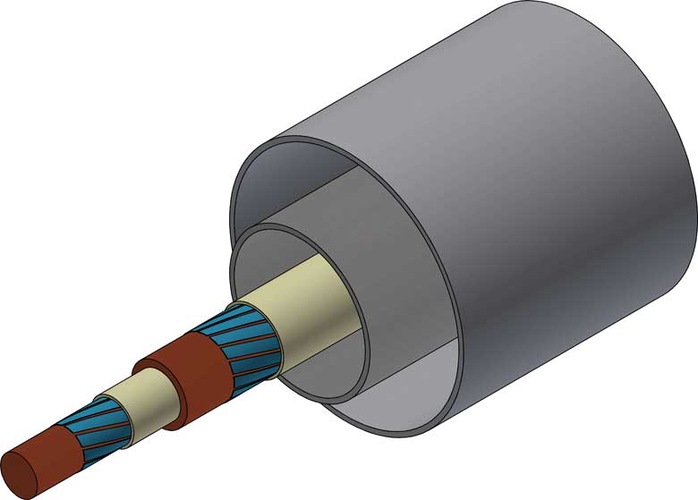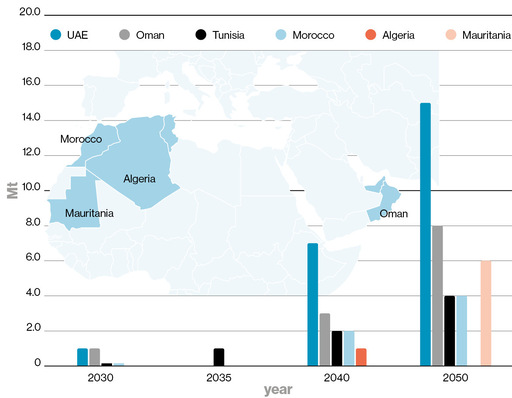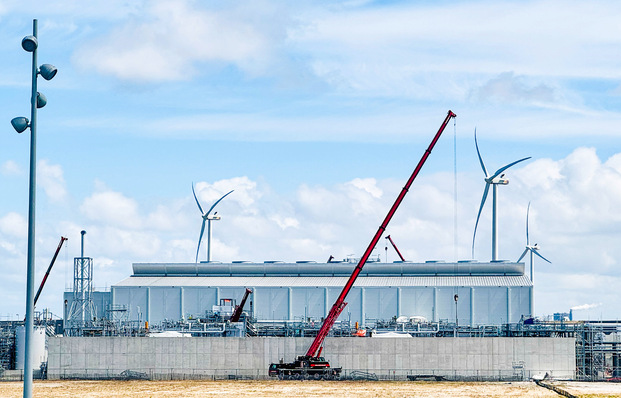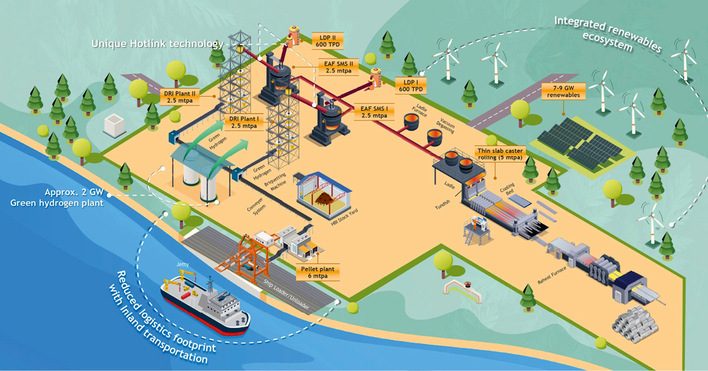
The intercontinental, large-scale transport of hydrogen –similarly to natural gas – will occur with the liquid form (LH2). The first shipping routes for this between Japan and Australia have already been established. Since no tanker class for it has been established, the Suiso Frontier is registered as an LNG tanker.
The energy needed to liquefy the hydrogen at the production site corresponds to – taking into account the current efficiencies of existing plants – about 20 to 30 percent of the energy content, i.e. calorific value, of LH2. Similar to with LNG, the warming up of the LH2 before feed-in to the gas grid, from the boiling point of 21 K to room temperature, takes about 1.24 kWh/kg in heat energy. With the calorific value of H2 at 33.3 kWh/kg, that corresponds to a relative percentage of 3.72% “on top.”
It would make sense not to spend this energy, as is the case with LNG, on heat exchangers in re-gasification plants near the port of landing, but rather to distribute the accompanying valuable “free cold” further to the consumer. The hydrogen should remain in its liquid form, LH2, for as long as possible.
It seems sensible to create and utilize a shared pathway for the transport of large amounts of electrical energy along with the large amounts of LH2, i.e. chemical energy, which could subsequently be routed to divergent regional points for consumption. This could, where possible, accelerate the approval process and raise acceptance within society.
Authors: Prof. Dr. Tabea Arndt, Dr. Michael J. Wolf & Mira Wehr - All at KIT ITP (Karlsruhe Institut für Technologie, Institut für Technische Physik), Karlsruhe, Germany





